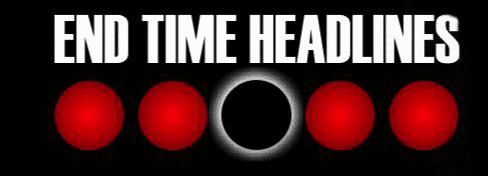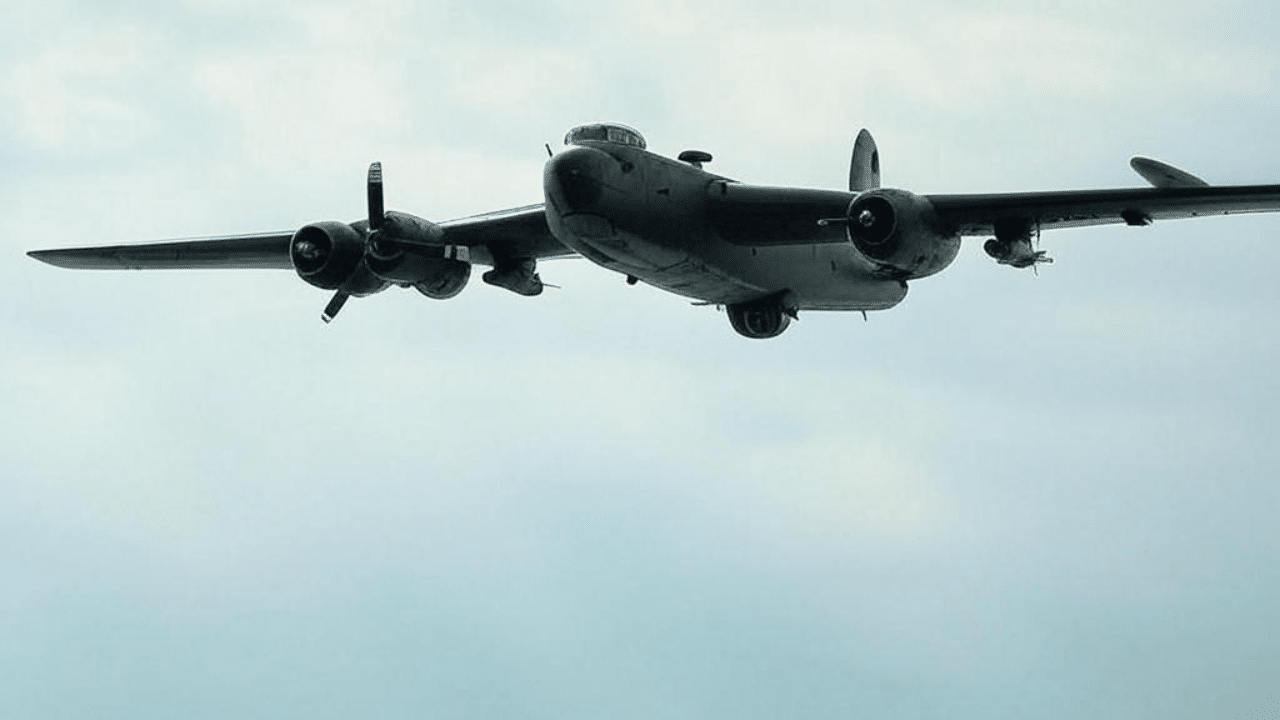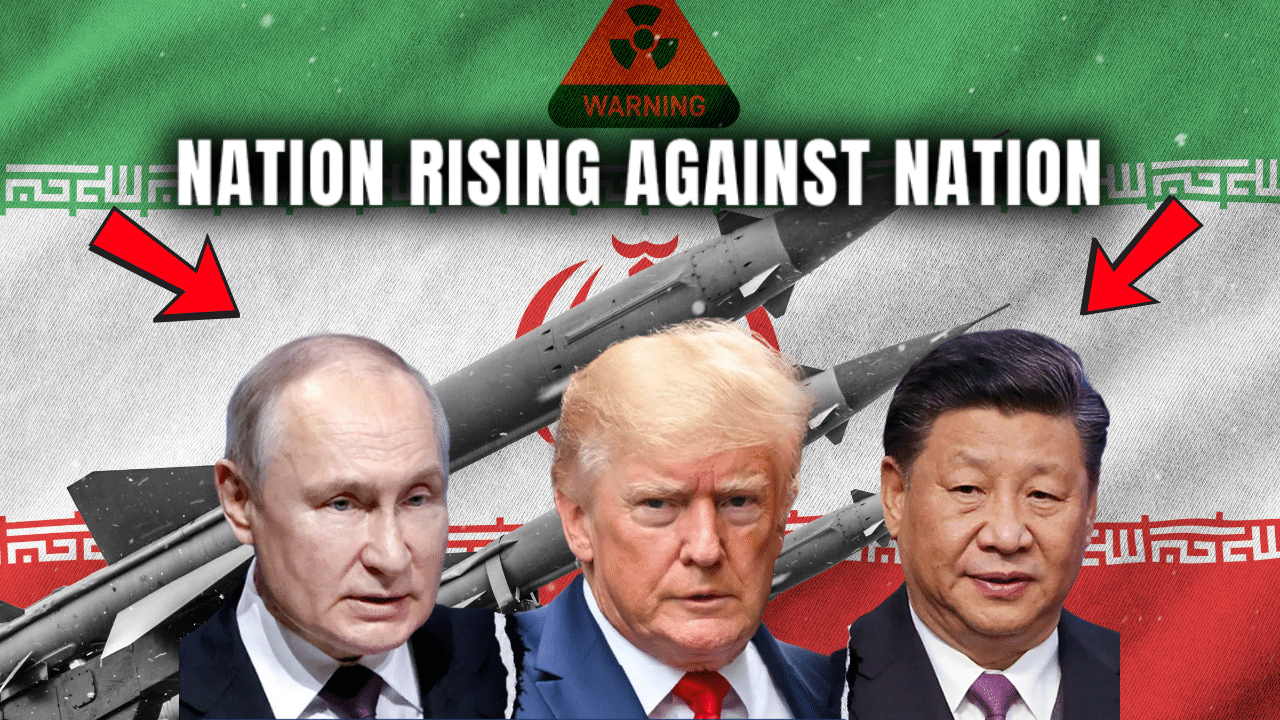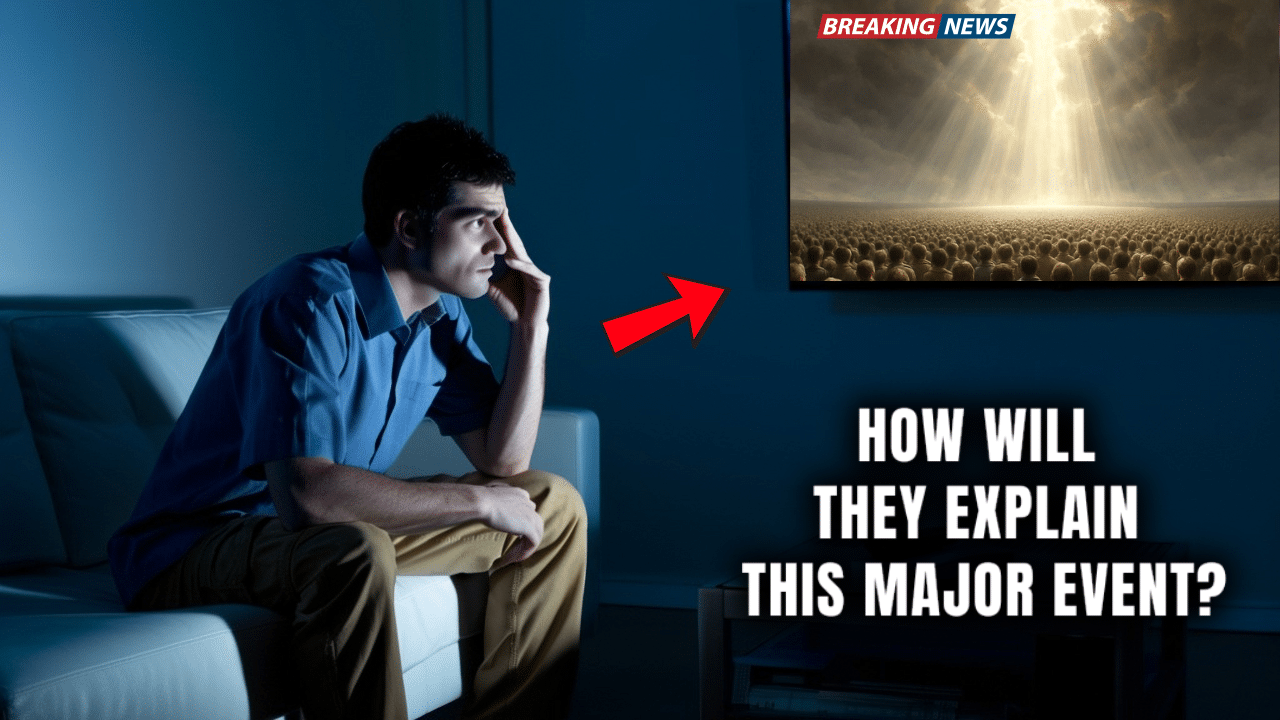Tensions in the Middle East escalated as reports confirmed that the United States has positioned bunker-busting bombers in the Indian Ocean, accompanied by a stern warning from President Donald Trump directed at Iran.
According to CBN News, the U.S. has deployed an air armada featuring B-2 and B-52 bombers to the Joint U.S.-U.K. military base on Diego Garcia in the Indian Ocean.
Military analyst Chuck Holton emphasized the significance of this deployment, noting, “The B-2 bomber was essentially built specifically to bomb the nuclear facilities in Iran.”
These stealth aircraft are equipped to carry the Massive Ordnance Penetrator (MOP), the largest bunker-busting bomb in the U.S. arsenal, designed to penetrate deeply fortified targets such as Iran’s underground nuclear sites.
Holton’s analysis underscores the bombers’ role as a direct counter to Iran’s nuclear infrastructure, a long-standing point of contention between Washington and Tehran.
President Trump’s warning came during an interview with NBC News over the weekend, where he stated, “If the Iranians don’t make a deal, there will be bombs, and they will be bombs like they’ve never seen before.”
This rhetoric aligns with his administration’s hardline stance on Iran, particularly as Tehran has rebuffed recent offers for direct negotiations over its nuclear program.
CBN News reported that while Iran rejected face-to-face talks, it has left the door open to indirect discussions, suggesting a tenuous diplomatic thread amid rising military posturing.
The deployment and Trump’s comments have fueled speculation of imminent military action. CBN News highlighted that the president’s statements serve as “the latest signal that military action by Israel and the U.S. may be the next major event in the Middle East.”
This perspective is bolstered by the strategic positioning of the bombers, which places them within striking distance of Iranian targets, amplifying the credibility of Trump’s threats.
Posts on X have echoed this development, with users sharing links to CBN News articles and expressing a mix of concern and anticipation about the unfolding situation.
One user noted the deployment’s timing, referencing earlier reports from August 2024 of B-2 bombers being sent to Diego Garcia, suggesting a sustained U.S. military buildup in the region.
However, these social media sentiments, while reflective of public awareness, remain anecdotal and inconclusive without official Pentagon confirmation of the full scope of current operations.
Iran’s response has been characteristically defiant yet measured. According to CBN News, Tehran’s rejection of direct talks with the Trump administration indicates a reluctance to bow to pressure, though its openness to indirect negotiations hints at a desire to avoid immediate escalation.
The Iranian regime has long fortified its nuclear facilities against potential airstrikes, a fact that underscores the necessity of bunker-busting capabilities in any U.S. or Israeli military strategy.
The broader geopolitical context adds complexity to this standoff. The U.S. move follows years of stalled diplomatic efforts to curb Iran’s nuclear program, with Trump’s re-election in 2024 reviving his “maximum pressure” campaign.
Meanwhile, Israel, a staunch U.S. ally, has repeatedly signaled its readiness to act unilaterally against Iran’s nuclear sites if necessary, potentially in coordination with American forces.
While CBN News has been a primary source for these updates, other mainstream outlets like NBC News have corroborated Trump’s statements, lending weight to the narrative of an impending crisis.
However, specifics regarding the number of bombers deployed or the exact timeline for potential action remain undisclosed, leaving analysts to piece together the situation from official statements and military movements.










